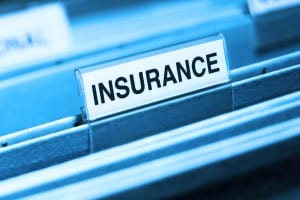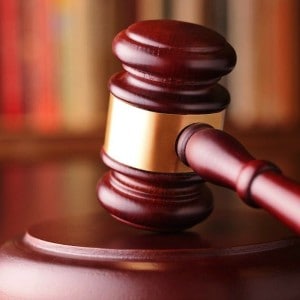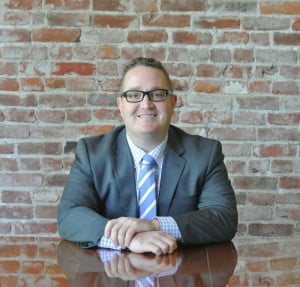On August 28, 2014, the Washington Supreme Court issued an opinion in Johnston-Forbes v. Matsunaga, — Wn.2d —, — P.3d — (2014), analyzing the admissibility of biomechanical engineering testimony in a personal injury case. The court determined that the testimony was properly admitted by the trial court based on the circumstances of the case.
The case concerned an automobile accident in which Matsunaga rear-ended Johnston-Forbes’s vehicle. Johnston-Forbes claimed she sustained injuries as a result of the accident and sued Matsunaga. Prior to trial, Matsunaga identified a biomechanical engineering expert as a witness. Johnston-Forbes moved in limine to exclude the biomechanical engineer’s testimony, arguing (1) the proposed expert was not qualified as an engineer, (2) the opinion lacked sufficient foundation, and (3) in viewing photographs, the expert could not account for Johnston-Forbes’s precise body position at the time of the collision. In response, Matsunaga clarified that the expert’s testimony would focus on the forces exerted during the accident and compare those forces to activities of daily living, but would not include any testimony regarding the Johnston-Forbes’s injuries. The trial court limited the expert’s testimony to the forces exerted on the two vehicles and Johnston-Forbes’s body during the collision. The jury returned a verdict in favor of Matsunaga.
Johnston-Forbes appealed the trial court ruling. The Court of Appeals affirmed the trial court. Johnston-Forbes v. Matsunaga, 177 Wn.App. 402, 311 P.3d 1260 (2013). Johnston-Forbes then appealed to the Washington Supreme Court.
The Supreme Court began by noting that Washington appellate courts have reached differing conclusions regarding the admissibility of biomechanical engineering expert testimony depending on the circumstances of the particular case. It reiterated the general proposition that trial courts must analyze the admissibility of expert testimony, such as that at issue in this case, in the context of the particular facts presented. Here, the Supreme Court found that the trial court properly performed its gatekeeping function by limiting the scope of testimony the expert was able to offer based upon the applicable rules of evidence, ER 702-705. It further noted that Washington law gives trial courts latitude to determine the admissibility of expert testimony, and those decisions will not be overturned absent an abuse of discretion.
Addressing Johnston-Forbes’s specific objections and the requirements under ER 702-705, the court first noted that the fact that the expert was not licensed as an engineer did not mean he was not qualified to testify as an expert. It pointed out that the expert’s practical experience may be sufficient, as in this case. Second, the court found that it need not address whether the expert’s methods were “generally accepted in the scientific community” because, as noted by the Court of Appeals, it did not raise that issue below. Third, the facts and circumstances of the case supported the conclusion that the trial court did not abuse its discretion in finding that the expert testimony was helpful to the jury because it assisted the jurors in understanding what forces may have been involved in the collision and comparing those to activities of daily living. Finally, the court rejected the argument that the expert did not have sufficient foundation for the opinion because the trial court properly scrutinized the basis of the opinion and found an adequate foundation had been laid.
The attorneys of Maloney Lauersdorf Reiner regularly advise clients in insurance coverage disputes involving issues of the admissibility of expert testimony. Please contact us with any questions about his case or any other matter you see on the MLR Insurance Coverage Blog.



